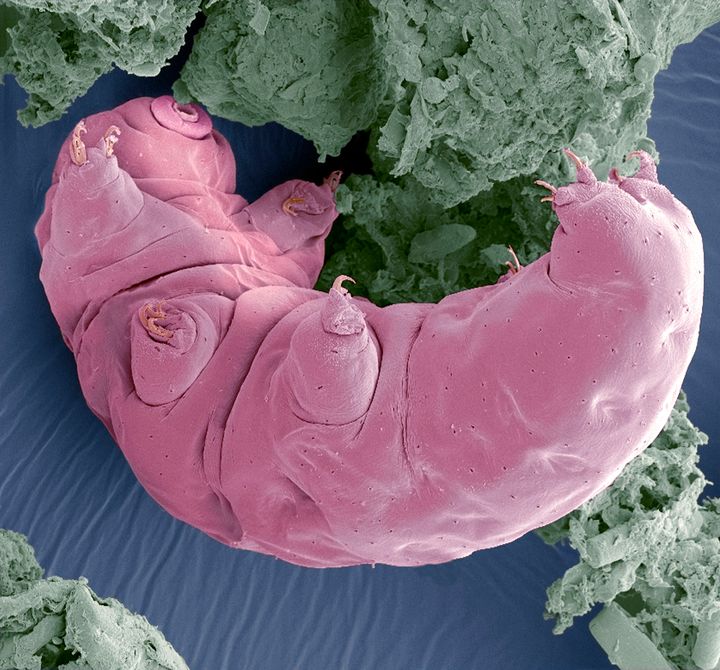The idea of placing humans in stasis is one that has been explored in exhaustive detail through science fiction. Simply put it is the ability to quite literally press pause on our bodies and then wake up at an undefined time in the future.
While many (mostly millionaires) have tried and failed to perfect the technology it’s something that the US Military is now taking very seriously.

Its top secret research division known as DARPA has confirmed that it is now launching a Biostasis program where it will try to find a way of slowing the human body to an almost complete standstill.
Why? Battlefield injuries are some of the most time-sensitive injuries there are as they so often pair both the need immediate attention and a dedicated field hospital.
More often than not neither are close at hand, and so for medics who are out on the battlefield, the ability to pause the human body would become an invaluable lifesaving tool.
“The Department of Defense refers to this critical, initial window of time as the “golden hour,” but in many cases the opportunity to successfully intervene may extend much less than sixty minutes, which is why the military invests so heavily in moving casualties as rapidly as possible from the battlefield to suitable medical facilities.” explains the proposal.

To solve this problem the program will turn to the humble tardigrade, an almost indestructible creature that has the ability to place itself in stasis allowing it to survive the most extreme environments.
While a relatively easy job for the tardigrade, for humans the task is monumental. Not only do you have to find a way of slowing down the body’s cells, but you have to do it in such a way that they’re all slowing down at the same time.
As such the program is still in its complete infancy. For now DARPA is only looking for proof-of-concept ideas, it’ll then progress through those ideas for the next five years until it can settle on one method that might work, and even then there’s absolutely no guarantee.
If they do pull it off though, it could be the medical discovery of the century.
